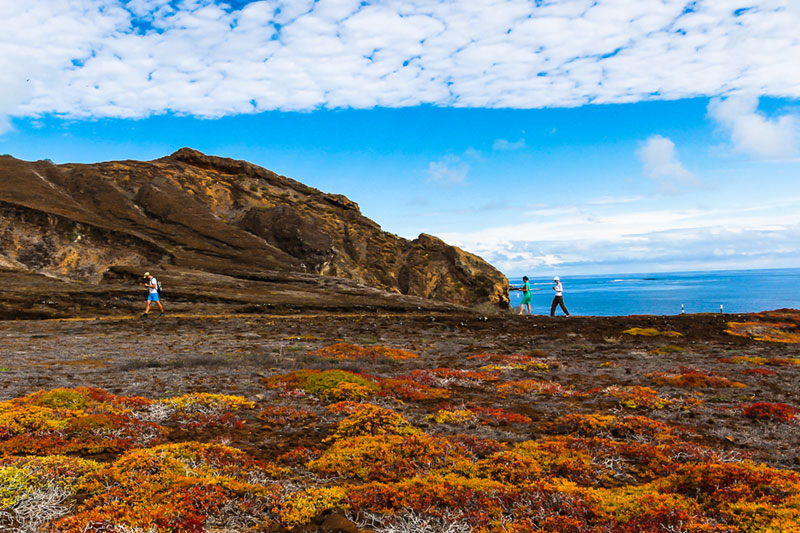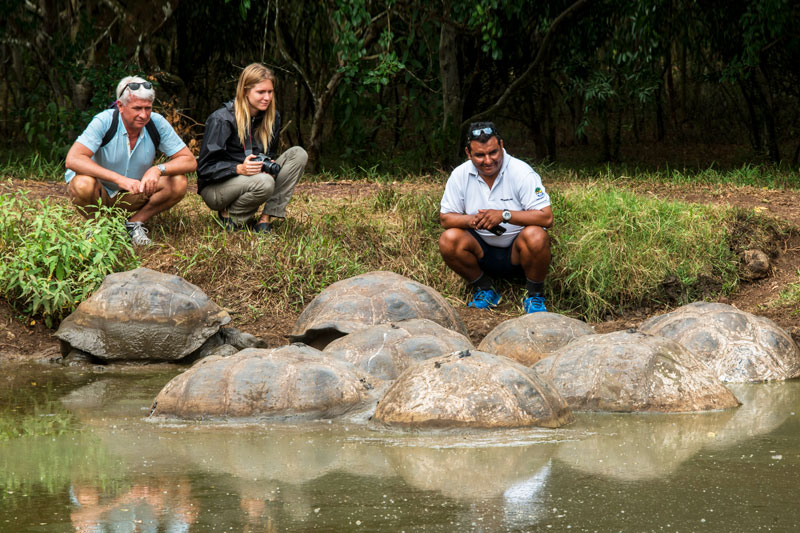
The love for all living creatures is the most noble attribute of man
- Charles Darwin
When Charles Darwin agreed to join Captain Robert Fitzroy aboard the HMS Beagle on a voyage to the Galapagos Islands, he was a young, lost soul. He'd failed in his studies at medical school, being more drawn to the collection of rare beetles and examination of geological oddities. With the prospect of becoming an MD behind him, the journey was Darwin's chance to embrace adventure and the wonders of the unknown.
Darwin at San Cristobal

But once Darwin set foot on the shores of San Cristobal, the easternmost point of the Galapagos Islands, he wasn't initially impressed. Unlike the wax palms and swathes of pink-hued flower bushes typical of other tropical islands, the Galapagos' landscape was harsh and unforgiving. Hardened lava beds and prickly shrubs covered the landscape; leathery-skinned iguanas with blackened talons and spiked spines baked in the sun; tortoises with knobby shells sauntered across sandy beaches; blue-footed boobies danced and strut upon ragged outcrops of land.
The whole landscape felt foreign, and Darwin was unsure of what the archipelago truly offered. However, as he continued to travel across the Islands - he became captivated by the creatures and what they taught him about science, and life itself. After his five-year adventure ended, he compiled all of his fascinating findings into his famous book, On the Origin of the Species.
The Galapagos today

Today, the Galapagos continue to intrigue travelers anxious to walk in the footsteps of Darwin. And while the remoteness of the archipelago has led to a lack of human disturbance, the government of Ecuador has ensured that the Islands be protected by deeming that 97.5% of the land be a national park.
To further protect the Islands, the aptly named Charles Darwin Research Station has served as the nexus for the preservation, conservation, and learning that happens in this unique and delicate ecosystem. The Research Station works towards returning these isolated islands to their ecological prime by: implementing a giant tortoise breeding program, mapping and mitigating the spread of invasive plants, and increasing the population of the mangrove finch. Funded by the eco-tourism of this archipelago, this organization has been integral to maintaining the living laboratory Darwin put on the map over a century ago.
Embark on a Machu Picchu and Galapagos tour, for a chance to visit this incredible Research Station and learn about all the groundbreaking work that's been done so far. It's the perfect means to see science, history and nature converge.
